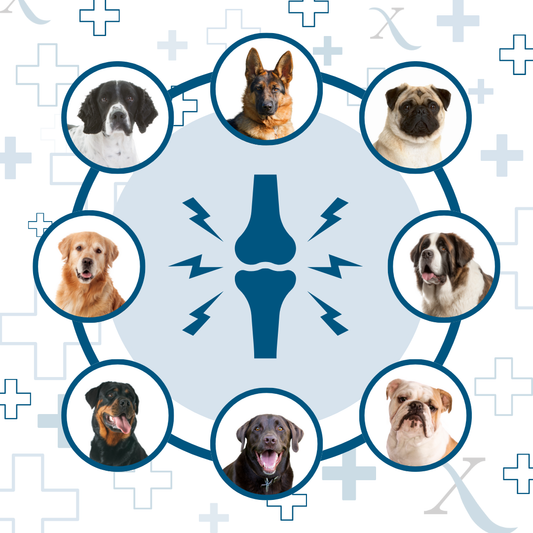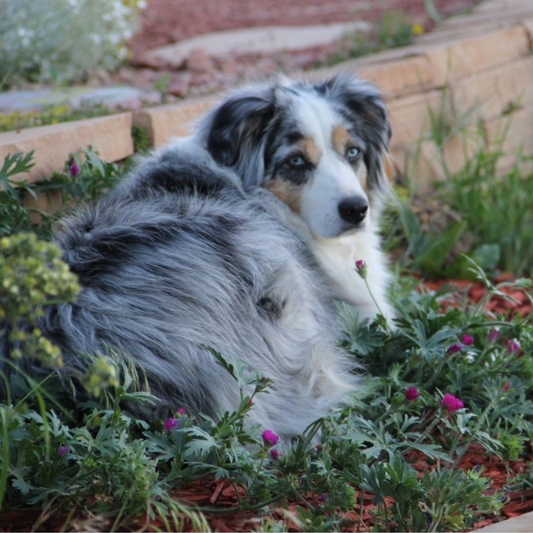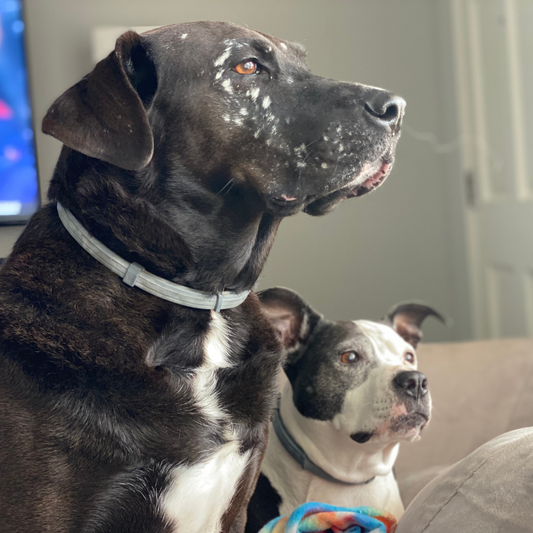Understanding Separation Anxiety in Dogs
Share
Separation anxiety in dogs is a significant concern for many pet owners, especially with the rise of "Covid puppies." This condition can lead to destructive behaviors, attempts to escape, and in severe cases, self-harm. Approximately 20-40% of dogs experience separation anxiety to varying degrees. Educating yourself on prevention and treatment strategies is essential for maintaining a harmonious household.
What Is Separation Anxiety?
Separation anxiety occurs when dogs form strong emotional attachments to their owners or other pets in the household. When separated from these attachments, dogs may exhibit anxiety. This can be triggered by anything from a brief trip to the store to longer absences, such as a full workday.
Causes of Separation Anxiety
Separation anxiety often stems from the routines established during a dog’s formative months. For instance, a puppy who becomes accustomed to constant human presence during the summer may struggle when their owner returns to work. Additionally, traumatic events or adoption from a shelter can contribute to the development of separation anxiety.
Covid Puppies and Separation Anxiety
The term “Covid Puppy” refers to dogs adopted or raised during the Covid-19 pandemic. With lockdowns and remote work becoming the norm, many puppies became accustomed to having their owners at home all day. As restrictions eased and normal work routines resumed, these dogs faced significant challenges. Many “Covid Puppies” exhibited severe separation anxiety as they adjusted to longer periods alone.
Signs of Separation Anxiety in Dogs
Recognizing the signs of separation anxiety is crucial for effective intervention. Common indicators include:
- Visible Anxiety During Departures: Dogs may show signs of distress when you prepare to leave.
- Excessive Joy Upon Return: Over-the-top excitement when you come back home.
- Loss of Appetite: Refusal to eat or drink.
- Excessive Vocalization: Persistent barking or whining.
- Drooling and Shaking: Excessive drooling, shivering, or shaking.
- Pacing and Panting: Restlessness or rapid breathing.
- House Soiling: Accidents in the house.
- Escape Attempts: Persistent efforts to escape from crates or rooms.
- Destruction: Damage to furniture, flooring, or walls.
- Self-Harm: Chewing on paws or nails.
How to Address Separation Anxiety
Establish a Consistent Routine
Creating and maintaining a regular schedule can help alleviate anxiety. Dogs thrive on predictability, so a consistent routine helps them feel secure.
Ensure Adequate Exercise
Regular physical activity is vital for reducing anxiety. A well-exercised dog is less likely to become restless and anxious.
Desensitize Leaving Cues
Gradually accustom your dog to departure cues (e.g., picking up keys or putting on a coat) without leaving immediately. This helps reduce the association between these cues and your departure.
Use High-Value Treats and Toys
Provide special treats or toys only when you leave. This creates a positive association with your absence.
Train Relaxation Techniques
Teach your dog to settle in a designated area. Using commands like “settle” can help them learn to relax in your absence.
Prevention of Separation Anxiety
Preventing separation anxiety can be challenging, as some dogs are inherently more clingy. Early training and socialization can reduce the risk, but not all cases are preventable. Additionally, unexpected traumatic events can trigger anxiety.
Treatment Options
For severe cases, consulting a Certified Applied Animal Behaviorist or a veterinary behaviorist is essential. Treatment options range from behavioral modifications to medication, depending on the severity of the anxiety. A professional can guide you in developing a comprehensive treatment plan tailored to your dog's needs.
Other Types of Anxiety in Dogs
In addition to separation anxiety, dogs may experience various other types of anxiety, including:
- Social Anxiety: Fear of interacting with other dogs or people.
- Noise-Induced Anxiety: Stress caused by loud sounds such as thunderstorms or fireworks.
- Illness-Induced Anxiety: Anxiety related to medical conditions or pain.
Understanding and addressing these different types of anxiety can help ensure a happier, healthier life for your dog. By taking proactive steps and seeking professional help when needed, you can improve your dog's well-being and strengthen your bond with them.
Sources:
VCA: Separation Anxiety In Dogs
Care Center Vets: Please Don't Go Separation Anxiety
AKC: Expert Advice Training Dog Anxiety




